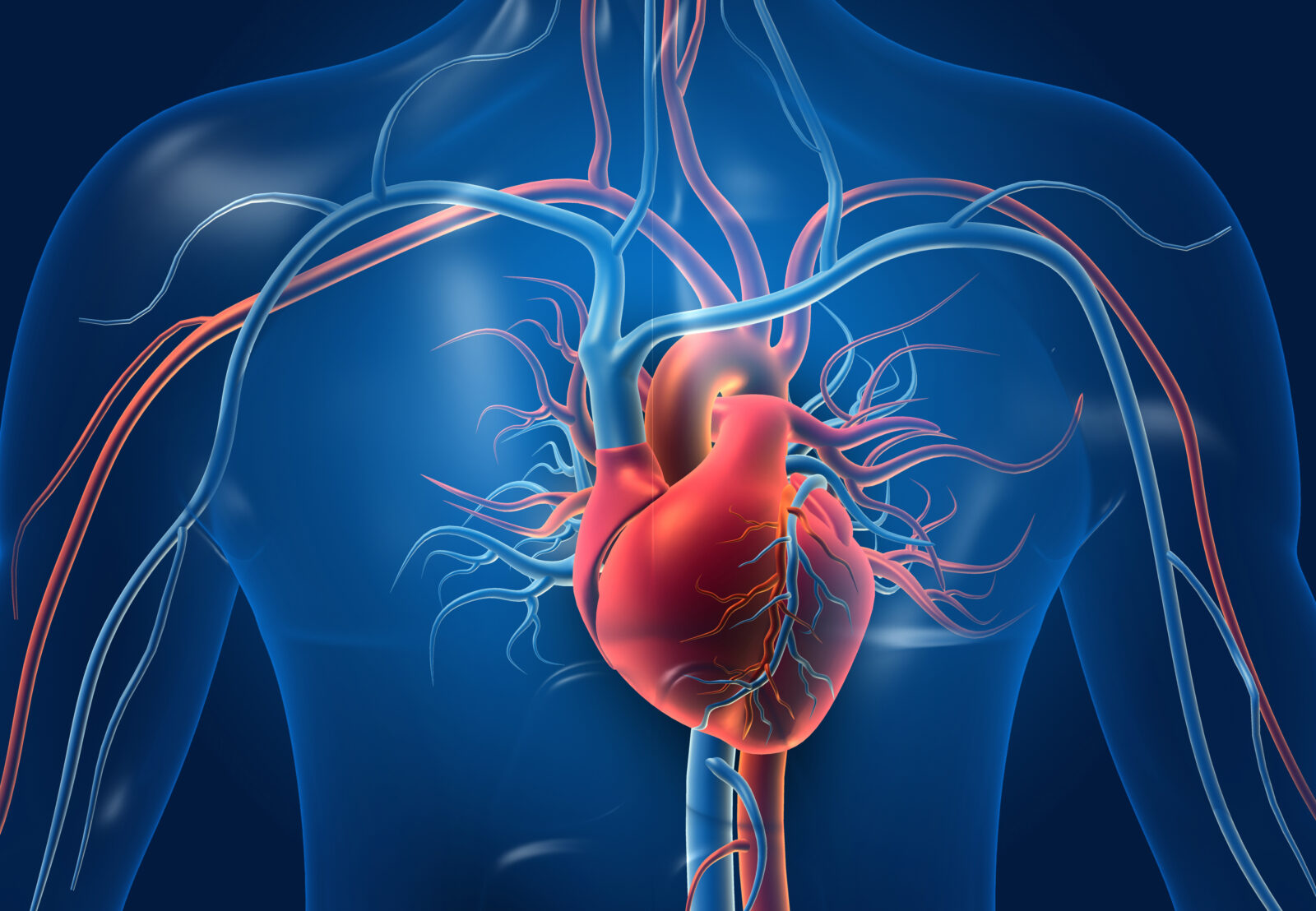


How We Balance Water and Sodium to Maintain Life

How Life Leverages the Laws of Nature to Survive

Dr. Geoffrey Simmons On Human Design — and Re-Creating It in Robots
On this episode of ID the Future, author and physician Geoffrey Simmons joins host Andrew McDiarmid in a wide-ranging discussion of his new book, Are We Here to Re-Create Ourselves: The Convergence of Designs. From the foresight needed in the design of eyes, to our stereoscopic and redundant hearing systems, to the mysteries of design in the nervous and circulatory systems, signs of engineered design are everywhere in the human body.
Read More ›